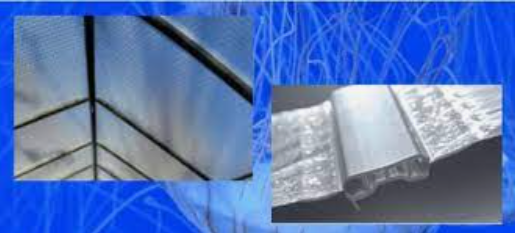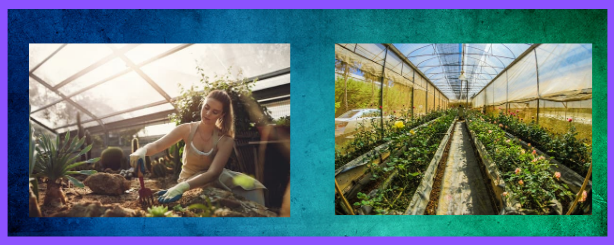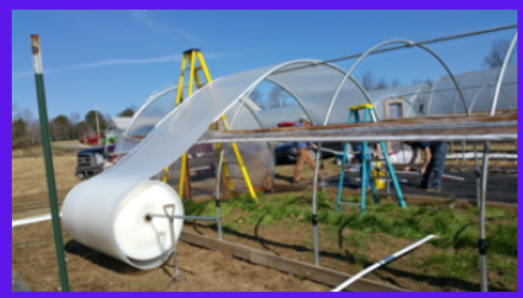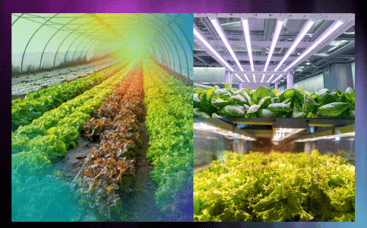Understanding Greenhouse Clarity vs. Color

Greenhouse clarity refers to the level of transparency or translucency of the covering material used in a greenhouse. A clear or transparent greenhouse covering allows maximum light transmission, essential for plant growth and photosynthesis. On the other hand, greenhouse color refers to the hue or tint of the covering material. Different colors can affect light transmission, heat retention, and UV protection. For example, white or light-colored coverings reflect excess heat, while darker colors absorb more heat. Balancing clarity and color is crucial for optimizing growing conditions and ensuring the success of greenhouse cultivation.
When it comes to greenhouse coverings, clarity and color play crucial roles in determining the performance and effectiveness of the structure. But why should anyone care about these factors, and how do they impact greenhouse functionality? Let's delve into the relevance of clarity vs. color, explore the options available, and understand how different climates may influence these choices. Additionally, we'll examine how SolaWrap Greenhouse film compares to traditional 6 mil options in this regard.
Why Does Clarity vs. Color Matter?
- Light Transmission: The level of clarity in greenhouse coverings directly affects the amount of sunlight that penetrates the structure. High clarity allows for maximum light transmission, essential for optimal plant growth and photosynthesis.
- Heat Retention: The color of the greenhouse covering can impact heat retention. Darker colors absorb more heat, while lighter colors reflect it. This property is crucial for regulating temperature inside the greenhouse, especially in varying climates.
- UV Protection: Certain colors or additives in greenhouse films can provide UV protection, shielding plants from harmful radiation and reducing the risk of sunburn and heat stress.
Options and Considerations:
- Clear Films: Clear greenhouse films offer maximum light transmission, making them ideal for regions with limited sunlight or during the winter months. However, they may result in higher internal temperatures due to minimal heat reflection.
- Diffused Films: Diffused films scatter sunlight, providing more uniform light distribution throughout the greenhouse. This can reduce shadows and hotspots, promoting even plant growth. Diffused films are beneficial in sunny climates and for crops sensitive to direct sunlight.
- Colored Films: Greenhouse films come in various colors, including white, green, and blue. White films reflect excess heat, making them suitable for hot climates, while green or blue films provide a diffused light spectrum, ideal for certain crops' growth stages.
Climate Considerations:
- Cold Climates: In colder regions, clear or diffused films may be preferred to maximize light transmission and retain heat during the winter months.
- Hot Climates: In hot climates, white or light-colored films are recommended to reflect excess heat and prevent overheating inside the greenhouse.
SolaWrap Greenhouse Film vs. 6 Mil:
- SolaWrap: SolaWrap Greenhouse film offers high clarity and superior light diffusion, providing optimal growing conditions for plants. Its unique design with encapsulated air bubbles offers excellent insulation, UV stability, and durability, making it suitable for various climates and growing environments.
- 6 Mil Film: Traditional 6 mil greenhouse film provides basic coverage but may lack the insulation and durability features of SolaWrap. While it offers clarity, it may not offer the same level of light diffusion or temperature regulation.
In conclusion, the choice between greenhouse clarity vs. color is crucial for achieving optimal growing conditions and maximizing crop yields. Understanding the options available and considering factors such as climate, light transmission, and heat retention can help homeowners and growers make informed decisions when selecting greenhouse coverings. SolaWrap Greenhouse film stands out as an innovative solution, offering superior clarity, insulation, and durability compared to traditional 6 mil options, ensuring success in any growing environment.











